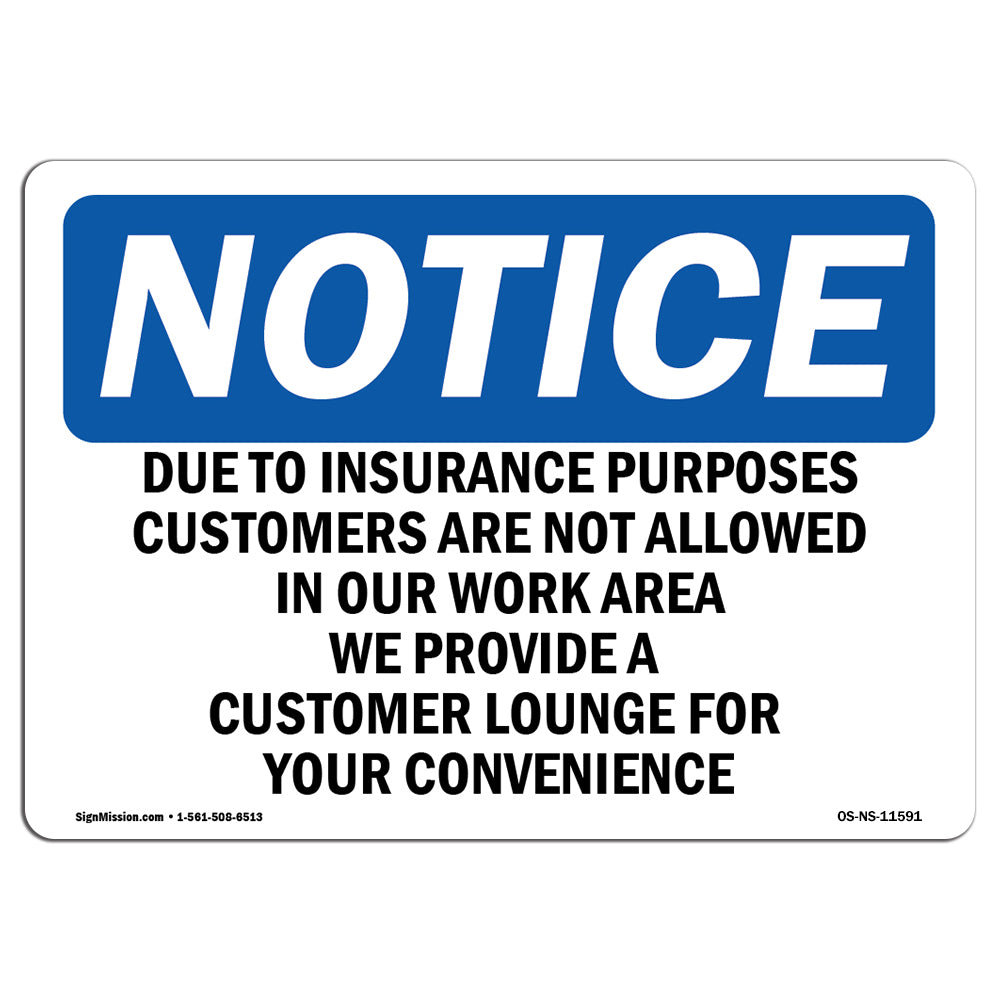Indicators on Pacific Prime You Need To Know
Indicators on Pacific Prime You Need To Know
Blog Article
Excitement About Pacific Prime
Table of ContentsLittle Known Facts About Pacific Prime.The smart Trick of Pacific Prime That Nobody is DiscussingSome Known Details About Pacific Prime Some Known Details About Pacific Prime Getting My Pacific Prime To Work

This is due to the fact that the information were gathered for a duration of strong economic performance. Of the approximated 42 million people who were without insurance, almost regarding 420,000 (about 1 percent) were under 65 years old, the age at which most Americans come to be qualified for Medicare; 32 million were grownups in between ages 18 and 65, around 19 percent of all adults in this age; and 10 million were youngsters under 18 years of age, regarding 13.9 percent of all youngsters (Mills, 2000).
These price quotes of the number of individuals without insurance are generated from the annual March Supplement to the Existing Population Study (CPS), conducted by the Demographics Bureau. Unless otherwise noted, nationwide estimates of individuals without medical insurance and percentages of the population with various kinds of insurance coverage are based upon the CPS, one of the most commonly made use of resource of estimates of insurance policy protection and uninsurance prices.
How Pacific Prime can Save You Time, Stress, and Money.

Still, the CPS is specifically valuable due to the fact that it creates annual estimates relatively quickly, reporting the previous year's insurance policy protection estimates each September, and due to the fact that it is the basis for a consistent set of estimates for greater than two decades, enabling analysis of trends in coverage with time. For these factors, in addition to the comprehensive usage of the CPS in various other studies of insurance policy protection that exist in this report, we rely upon CPS quotes, with restrictions noted.

The estimate of the variety of uninsured individuals expands when a populace's insurance policy condition is tracked for a number of years. Over a three-year duration beginning early in 1993, 72 million individuals, 29 percent of the U.S. https://www.cheaperseeker.com/u/pacificpr1me. population, lacked protection for at the very least one month. Within a solitary year (1994 ), 53 million individuals experienced at least a month without coverage (Bennefield, 1998a)
6 out of every ten without insurance grownups are themselves used. Although over at this website functioning does improve the likelihood that and one's relative will certainly have insurance, it is not a guarantee. Also members of households with 2 permanent wage income earners have nearly a one-in-ten possibility of being without insurance (9.1 percent without insurance rate) (Hoffman and Pohl, 2000).
Getting The Pacific Prime To Work
New immigrants represent a substantial proportion of individuals without medical insurance. One evaluation has associated a considerable portion of the current development in the dimension of the U.S. uninsured populace to immigrants that arrived in the country between 1994 and 1998 (Camarota and Edwards, 2000). Current immigrants (those that concerned the USA within the previous 4 years) do have a high rate of being uninsured (46 percent), yet they and their youngsters account for just 6 percent of those without insurance country wide (Holahan et al., 2001).
The partnership in between medical insurance and access to care is well developed, as recorded later on in this phase. Although the relationship in between medical insurance and health end results is neither straight neither easy, a considerable clinical and health solutions study literary works web links health and wellness insurance policy coverage to improved accessibility to care, far better top quality, and boosted individual and populace health and wellness standing.
Levels of analysis for analyzing the effects of uninsurance. This conversation of wellness insurance protection focuses primarily on the united state population under age 65 because basically all Americans 65 and older have Medicare or other public insurance coverage. In addition, it focuses especially on those with no medical insurance for any length of time.
Pacific Prime Things To Know Before You Get This
The troubles faced by the underinsured are in some aspects comparable to those faced by the uninsured, although they are normally much less serious. Health and wellness insurance coverage, nonetheless, is neither needed nor enough to obtain accessibility to clinical solutions. The independent and straight impact of health and wellness insurance coverage on access to wellness solutions is well developed.
Others will acquire the healthcare they need even without wellness insurance, by paying for it out of pocket or seeking it from companies that provide treatment complimentary or at highly subsidized prices. For still others, wellness insurance alone does not guarantee receipt of treatment due to the fact that of other nonfinancial barriers, such as an absence of health treatment service providers in their community, minimal accessibility to transportation, illiteracy, or linguistic and cultural distinctions.
Some Known Details About Pacific Prime
Official research study about without insurance populations in the United States dates to the late 1920s and early 1930s when the Committee on the Price of Medical Care generated a series of reports concerning funding medical professional workplace sees and hospitalizations. This concern ended up being prominent as the numbers of clinically indigent climbed up during the Great Depression.
Report this page